I had never heard of tardigrades before! See also 40 Billion Tons of Living Organisms Thousands of Years Old.
She's reminding me about this 1974 lecture by Fred Hoyle, that I had forgotten about when I made this post: Feynman on Patents and the Value of an Idea.
Here are some images that might resemble the ones on Hoyle's slides, at 15 minutes 40 seconds:
The Triangulum Galaxy M33
The North American Nebula
The Horsehead Nebula
The Trifid Nebula
The Orion Nebula
Now at 19 minutes 17 seconds, Hoyle talks about the chemical composition of these gas clouds, and that they are the kinds of gases that couldn't exist in those proportions in any sort of dense atmosphere, because if they got close enough together they would react with each other. They also happen to be the sorts of chemicals that would be a "chemist's dream" to use to ceate primordial life. So, if the Solar System is indeed dynamcally unstable, as many believe, and if it does eventually spontaneously disintegrate in a kind of cosmic train wreck, then these tardigrades may indeed be enough to bootstrap life in a nebula only a few light-years away. Of course the Venusians could have told us this long ago, but they know we don't listen to anything they say. See section 2 on page 5 of this T.H.E. Multiprogramming System Mk II.
Here are some of planets on Hoyle's slides. Jupiter:
Close-up of Jupiter's Red Spot:
Part of the reason for Jupiter's turbulent atmosphere is the relatively high number of asteroid and comet impacts it experiences.
Saturn:
Closeup of vortex on Saturn's North Pole:
Mars:
Martian surface:
Possible Mud Cracks Preserved in Martian Rock
Earthrise:
The Caspian Sea
British Columbia
Listen to Karen Lloyd on the subterranean microbiome, at 2 minutes 45 seconds:
What if something happens every few million years and those microbes suddenly become active, like normal e-coli, and start to divide? You have to imagine this yourself. Listen to what she says at 2 minutes 33 seconds, ... Now go back and listen to Hoyle's discussion about intelligent life, starting at 33 minutes 42 seconds ... How many seconds is that? Now listen to Jeremy Narby on how human beings have been learning from natural intelligence for millenia (see Syria, Iran and Turkey in 9000 B.C.E.)
On the human role in human cognitive evolution, see Nancy Trivellato on Disembodied Consciousness. For more on the future role of human cognitive development, and the bankruptcy of neo-Darwinist explanations of evolution, see Climate Action. On final causes (23 minutes 33 seconds) see Why is Telecommunications Security Important? and Julia Galef on the Intuition Behind Bayes' Theorem which includes a link to this strange essay I wrote in 2015. Narby's answer to the question at 24 minutes 17 seconds is a response to Hoyle's observation at 44 minutes 25 seconds. But the correspondence between this talk of Narby's and the one of Hoyle's is so close that I think this is not an accident, but a deliberate intention of some predatory animal, ... after it got back home late one evening and took off its jaguar costume to spend some time eating tobacco paste, ... and planning a talk in response to this one: Shamini Jain on Medicine. See
I have to confess, I have not seen much of this movie. I got as far as the first disembowelment and switched it off. What is it with this guy and evisceration?
Maybe this is the answer: guts. In his talk Hoyle refers to the long period of Earth's history where there were only single-celled organisms as a result 9f some "barrier" that evolution had had to deal with before it could advance beyond the single-celled stage. But it may not have been so much a barrier as it seems when you take into account that human beings, with our complex societies, are individually composed of ten times as many songle-celled organisms as specifically human cells.
So it is quite possible that during the course of the first few billion years of evolution of life, what evolved were not multi-celled organisms, but the cellular dynamics of whole ecosystems of single-celled micro-organisms, which eventually produced the conditions for the close cooperation between cells that made multi-cellular organisms possible. And this ecosystem of single-celled organisms continued to evolve, and it is a vital component of our intellectual life. Just ask anybody who suffers from Parkinson's disease, which is a catastrophic breakdown of that microbiotic ecosystem in one individual.
And there are many other ways in which our mental health depends upon these microbiotic ecosystems.
But it is not only our mental health, it is our physical health too. See IPCC Nonsense. See also this paper by Henri Atlan and Irun R. Cohen: Immune information, self-organization and meaning.
So human physiology has clearly evolved with significant influence from micro-organisms.
And so has plant physiology, and we find that plants, humans, and bacteria all share common neuro and endocrinal transmitters and receptors. So evolution is now a much more interesting process than it might at first seem, involving microorganisms, plants, animals and human cultures interacting across all levels, simultanously.
She's reminding me about this 1974 lecture by Fred Hoyle, that I had forgotten about when I made this post: Feynman on Patents and the Value of an Idea.
Here are some images that might resemble the ones on Hoyle's slides, at 15 minutes 40 seconds:
The Triangulum Galaxy M33
The North American Nebula
The Horsehead Nebula
The Trifid Nebula
The Orion Nebula
Now at 19 minutes 17 seconds, Hoyle talks about the chemical composition of these gas clouds, and that they are the kinds of gases that couldn't exist in those proportions in any sort of dense atmosphere, because if they got close enough together they would react with each other. They also happen to be the sorts of chemicals that would be a "chemist's dream" to use to ceate primordial life. So, if the Solar System is indeed dynamcally unstable, as many believe, and if it does eventually spontaneously disintegrate in a kind of cosmic train wreck, then these tardigrades may indeed be enough to bootstrap life in a nebula only a few light-years away. Of course the Venusians could have told us this long ago, but they know we don't listen to anything they say. See section 2 on page 5 of this T.H.E. Multiprogramming System Mk II.
Here are some of planets on Hoyle's slides. Jupiter:
Close-up of Jupiter's Red Spot:
Part of the reason for Jupiter's turbulent atmosphere is the relatively high number of asteroid and comet impacts it experiences.
Saturn:
Closeup of vortex on Saturn's North Pole:
Mars:
Martian surface:
Possible Mud Cracks Preserved in Martian Rock
Earthrise:
The Berents Sea:
The Sahara
British Columbia
Listen to Karen Lloyd on the subterranean microbiome, at 2 minutes 45 seconds:
What if something happens every few million years and those microbes suddenly become active, like normal e-coli, and start to divide? You have to imagine this yourself. Listen to what she says at 2 minutes 33 seconds, ... Now go back and listen to Hoyle's discussion about intelligent life, starting at 33 minutes 42 seconds ... How many seconds is that? Now listen to Jeremy Narby on how human beings have been learning from natural intelligence for millenia (see Syria, Iran and Turkey in 9000 B.C.E.)
On the human role in human cognitive evolution, see Nancy Trivellato on Disembodied Consciousness. For more on the future role of human cognitive development, and the bankruptcy of neo-Darwinist explanations of evolution, see Climate Action. On final causes (23 minutes 33 seconds) see Why is Telecommunications Security Important? and Julia Galef on the Intuition Behind Bayes' Theorem which includes a link to this strange essay I wrote in 2015. Narby's answer to the question at 24 minutes 17 seconds is a response to Hoyle's observation at 44 minutes 25 seconds. But the correspondence between this talk of Narby's and the one of Hoyle's is so close that I think this is not an accident, but a deliberate intention of some predatory animal, ... after it got back home late one evening and took off its jaguar costume to spend some time eating tobacco paste, ... and planning a talk in response to this one: Shamini Jain on Medicine. See
I have to confess, I have not seen much of this movie. I got as far as the first disembowelment and switched it off. What is it with this guy and evisceration?
Maybe this is the answer: guts. In his talk Hoyle refers to the long period of Earth's history where there were only single-celled organisms as a result 9f some "barrier" that evolution had had to deal with before it could advance beyond the single-celled stage. But it may not have been so much a barrier as it seems when you take into account that human beings, with our complex societies, are individually composed of ten times as many songle-celled organisms as specifically human cells.
So it is quite possible that during the course of the first few billion years of evolution of life, what evolved were not multi-celled organisms, but the cellular dynamics of whole ecosystems of single-celled micro-organisms, which eventually produced the conditions for the close cooperation between cells that made multi-cellular organisms possible. And this ecosystem of single-celled organisms continued to evolve, and it is a vital component of our intellectual life. Just ask anybody who suffers from Parkinson's disease, which is a catastrophic breakdown of that microbiotic ecosystem in one individual.
And there are many other ways in which our mental health depends upon these microbiotic ecosystems.
But it is not only our mental health, it is our physical health too. See IPCC Nonsense. See also this paper by Henri Atlan and Irun R. Cohen: Immune information, self-organization and meaning.
So human physiology has clearly evolved with significant influence from micro-organisms.
And so has plant physiology, and we find that plants, humans, and bacteria all share common neuro and endocrinal transmitters and receptors. So evolution is now a much more interesting process than it might at first seem, involving microorganisms, plants, animals and human cultures interacting across all levels, simultanously.

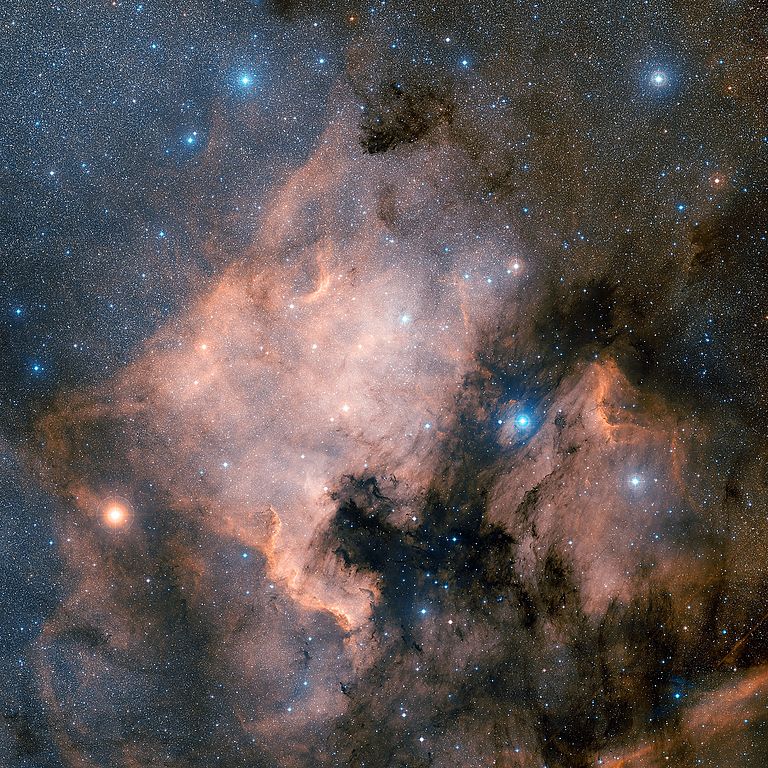



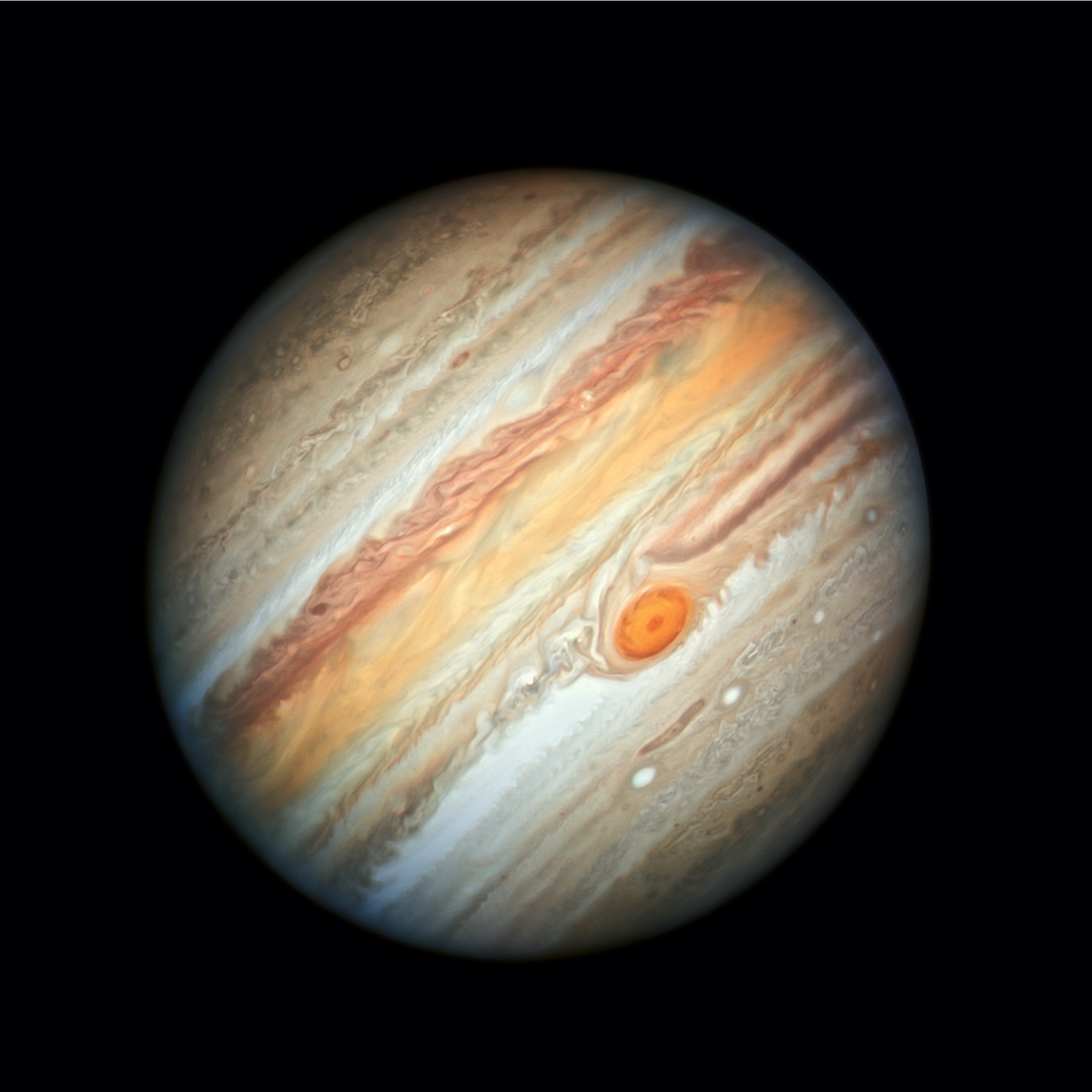

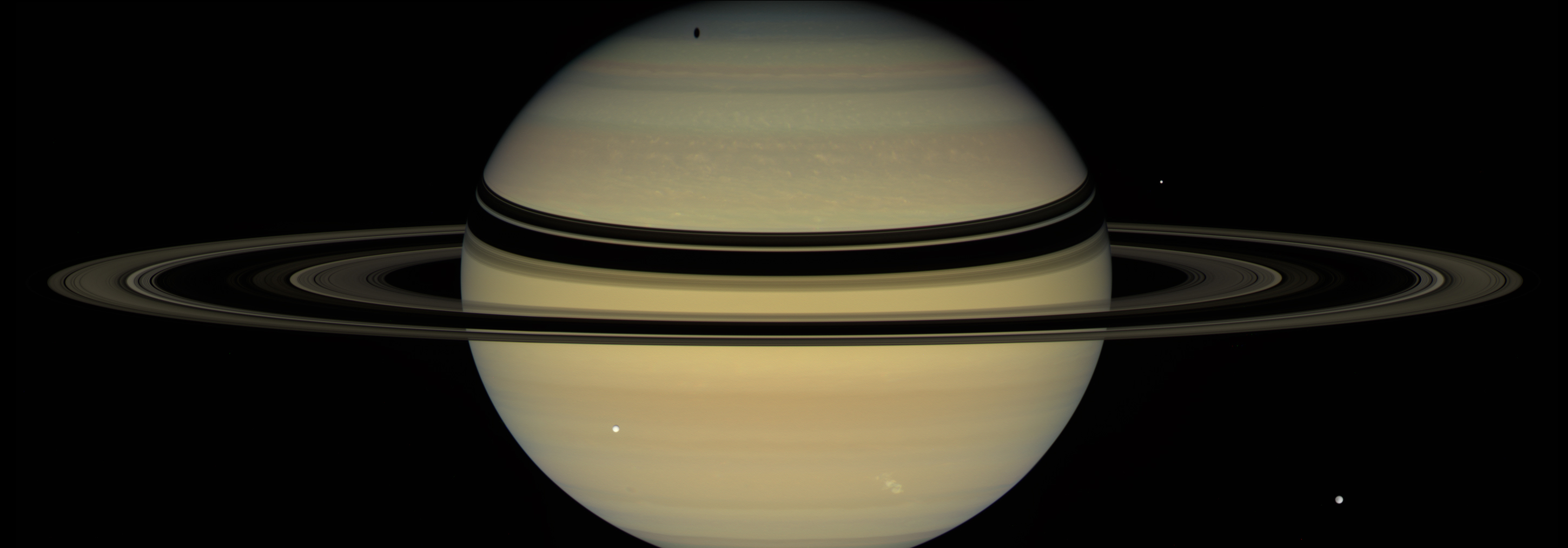
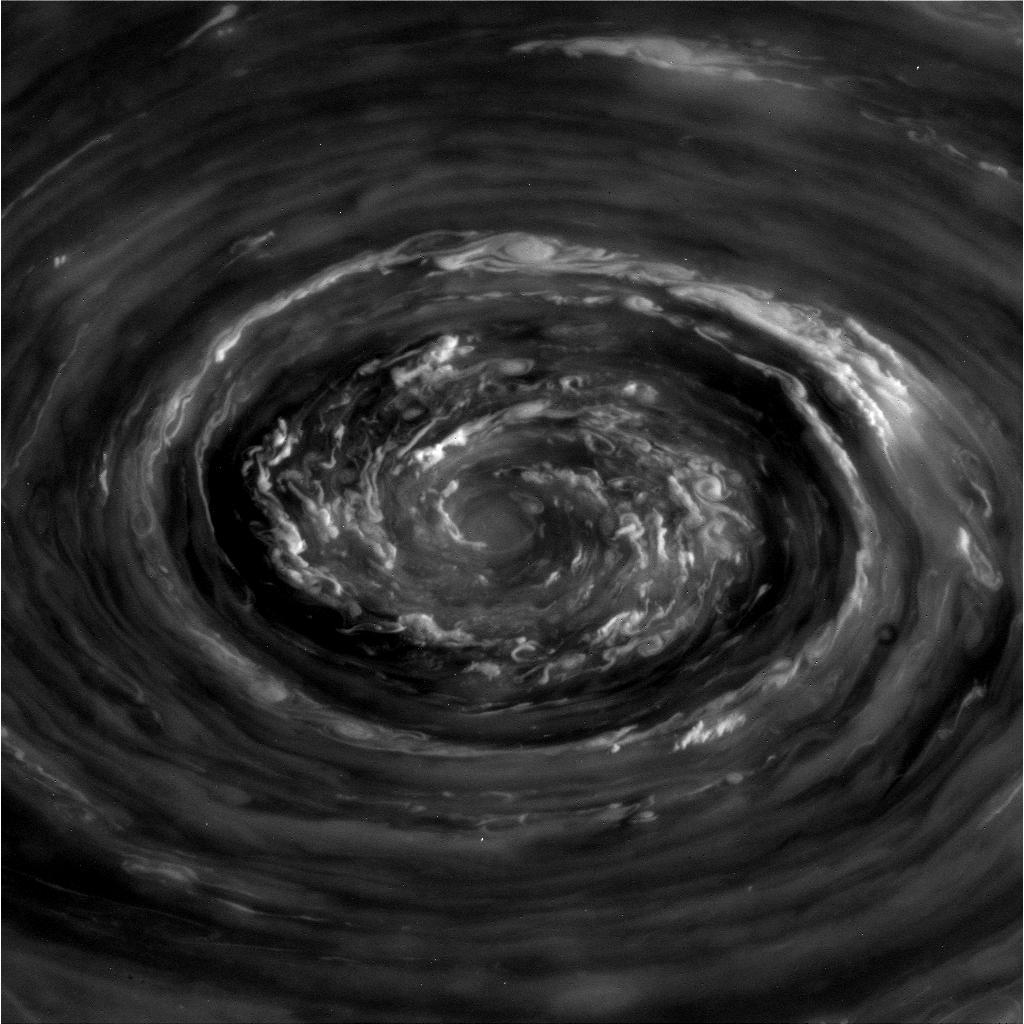


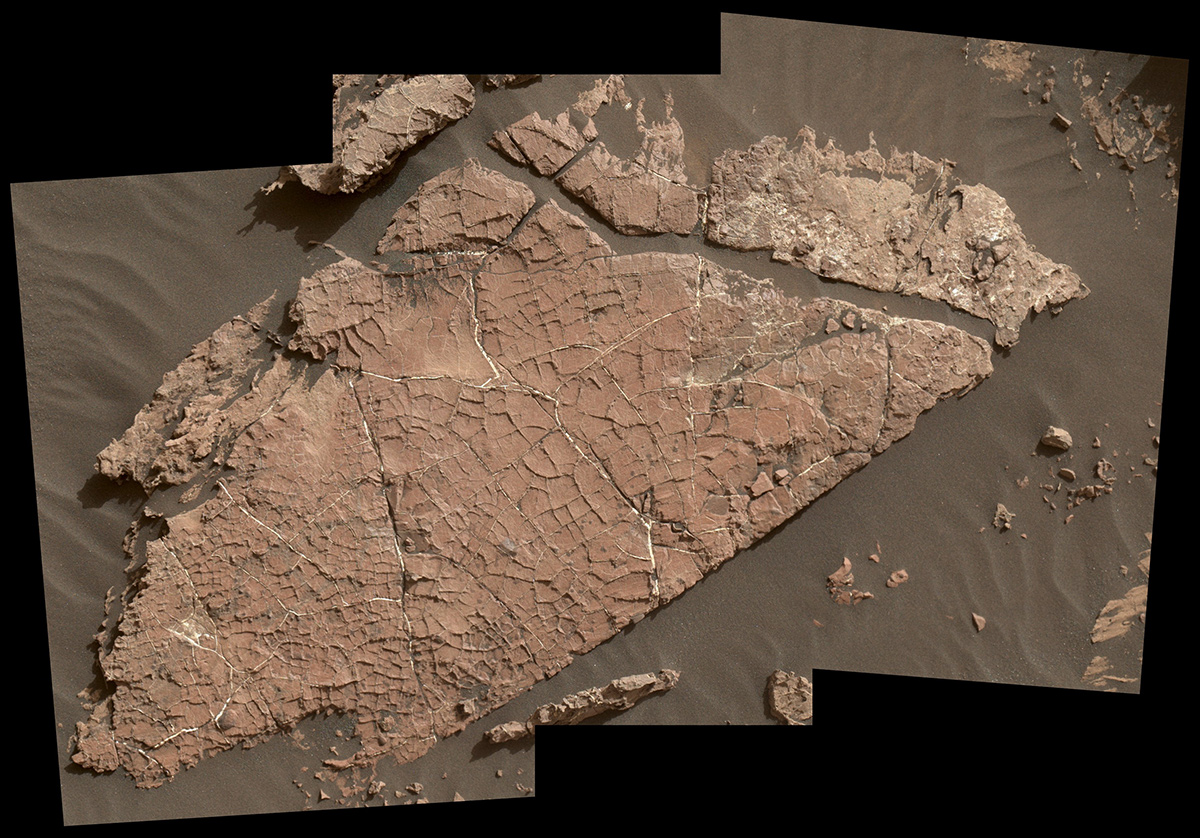

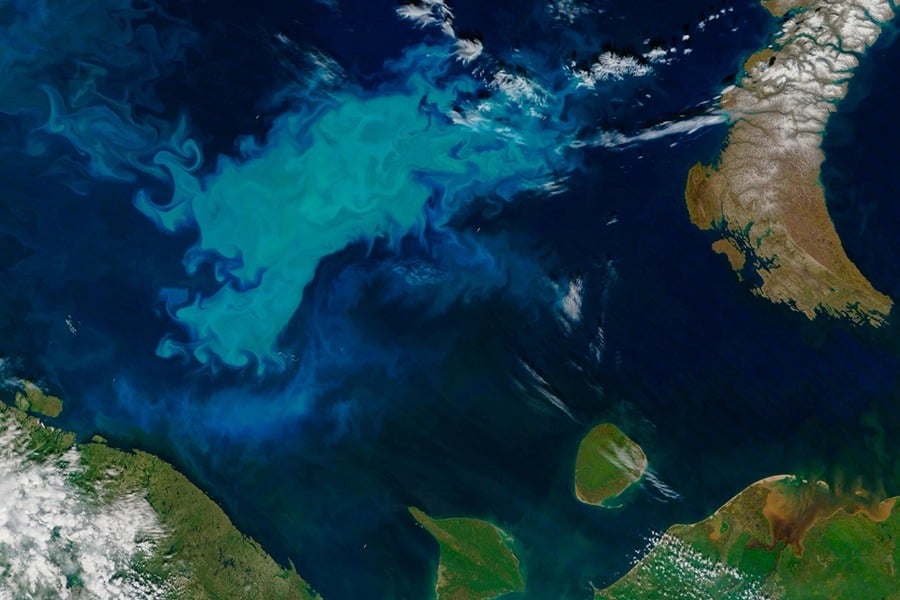

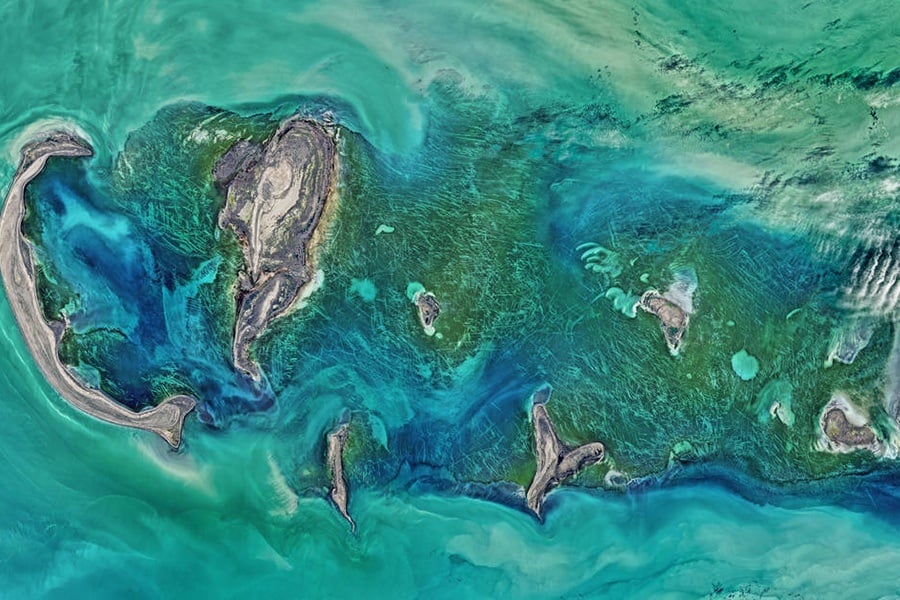

No comments:
Post a Comment